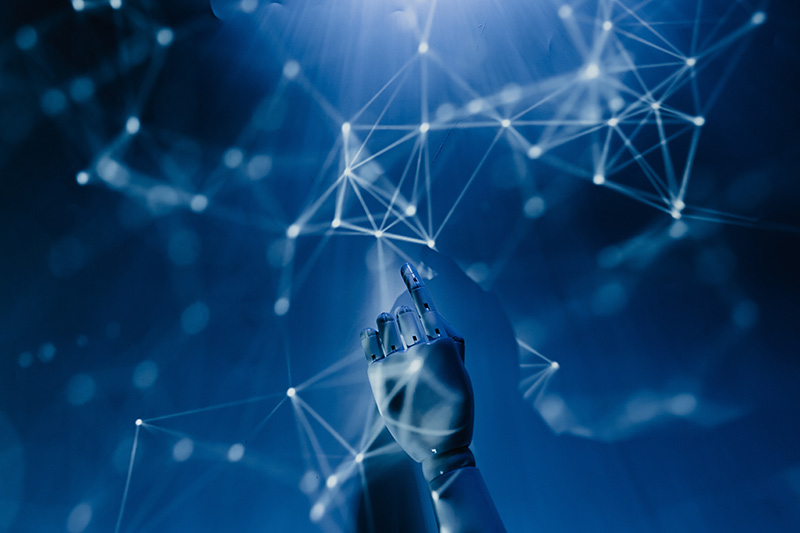
By Yamila García
During the last few months, there has been a lot of talk about artificial intelligence. New technologies of chatbots based on artificial intelligence have been launched and since then have been under analysis by the scientific and technological community, and basically for all those who feel curious about it. Even in one of my classes we have studied the benefits and difficulties that this technology can bring, and how to handle the challenges that may arise when incorporating these tools in different areas of our lives. Personally, I have tried it for some searches and found it quite efficient. However, I know there have been some concerns regarding bias and the generation of hateful and dangerous content.
Considering the misinformation out there online and the amount of so-called "authoritative voices" on neurodivergence who write from a flawed perspective on the various conditions, I wanted to test this technology on the matter. I decided to do a search on what neurodiversity meant for this ChatGPT. And it turned out to surprise me for good.
I asked: “What is neurodiversity?” and it replied:
“Neurodiversity is the concept that there is natural variation in human brain function and that these differences should be respected and valued just as any other type of diversity. It recognizes that people have different ways of processing information, learning, communicating, and relating to others, and that these differences are part of the natural variation in the human population.
Neurodiversity includes a range of conditions such as autism, ADHD, dyslexia, Tourette's syndrome, and other neurological differences. While these conditions may pose challenges for individuals in certain contexts, they also offer unique strengths and perspectives that can be beneficial to society as a whole.”
I am pleased that it emphasizes differences in processing information, communicating, and learning, and that it not only focuses on the challenges we face but also highlights our unique strengths. I invite you to look for information about any specific condition. This technology is fed through the feedback it receives from users and the answers we give it, can be analyzed by it to improve future searches.